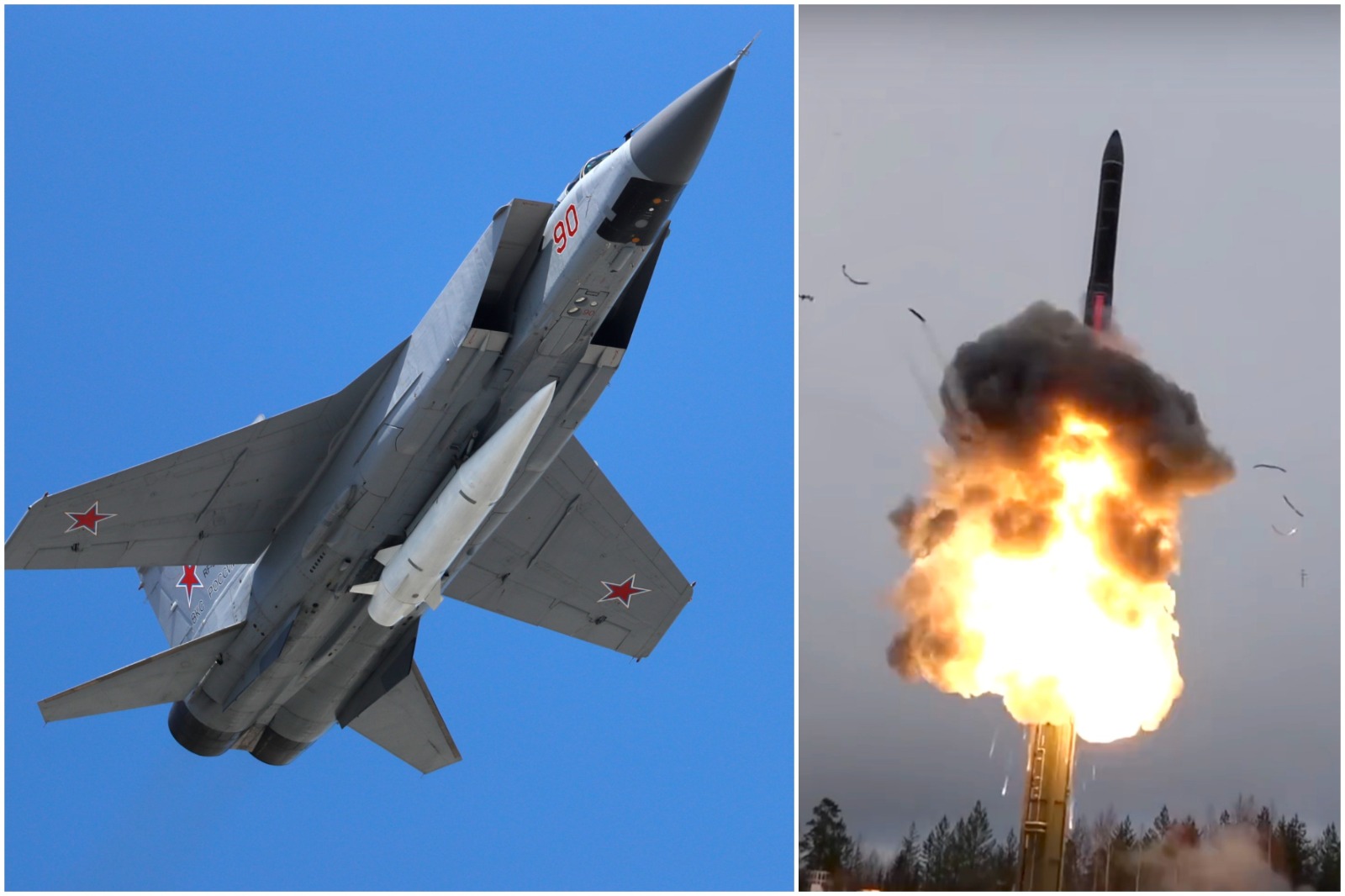Paschal Emeka, Abuja | February 2, 2023
The Russian military planners knew that the United States Air Force was by far superior to their air defenses and attacks, and they decided to use an edge in supersonic arm race for acquiring first strike advantage by knocking out fighter jets with unstoppable (supersonic) missiles. Russia claims first use of supersonic missiles.
For the US, the Cold War was won with fighter aircraft, stealth technology and smart bombs. The US could never compete with the Soviet Union in terms of manpower on the European continent. As a result, the US opted to rely on its main advantage: a stronger economy, to remain competitive during the Cold War. The US opted to focus on developing and acquiring capitally intensive systems like aircraft to give it a leg up over the Soviets. To this end, in the late 70’s, the US developed a doctrine known as AirLand Battle to defeat the Warsaw Pact in a conflict in Europe, Quora reports.
When Ronald Reagan opted to pursue an arms race with the Soviets in the 1980’s to win the Cold War, he focused heavily on acquiring fighter jets that were to be the cornerstone of AirLand Battle. The American plan envisioned using advanced, expensive 4th generation fighters like the F-15 and F-16 to wrest control of the skies over Europe from cheaper, less-capable Soviet Migs. With air superiority attained, the US’s fighters would bomb Soviet forces on the front line into submission.
The US applied the tactics developed for AirLand Battle in its highly successful campaign during the 1991 Gulf War. In the opening days of the war, US forces knocked the Iraqi Air Force out of the sky and dismantled Iraq’s Soviet-made air defense network. For the next few weeks, the USAF and USN mercilessly pounded Iraqi troops dug in along the Kuwaiti-Saudi border.
Finally, after a month of incessant bombardment, coalition ground forces moved in to push Iraq’s demoralized troops out of Kuwait, sealing one of the most lopsided victories in history.
The US victory at Desert Storm directly contributed to the demise of the Warsaw Pact and the break-up of the Soviet Union. Soviet defense planners were forced to confront that they would be unable to stop the USAF in the event that NATO attacked. Soviet and Warsaw Pact troops would be bombed mercilessly by NATO air power, until the NATO generals ordered in their ground assault to sweep aside battered, demoralized Soviet troops, just as they had done in Iraq.
Following the US’s victory in Iraq and the Cold War, American defense planners opted to follow up on their successes and focus on developing upgraded versions of the systems that won the day: fighter jets. To that end, the USAF and USN prioritized development of the F-35, making it the cornerstone of US defense plans for the 21st century. The F-35 was designed to incorporate the best features of the fighter’s that secured the US’s stunning victory in Iraq: the F-117’s stealth, the F-111’s targeting pod, the AV-8B’s ability to take off vertically and the F-16’s ground attack capabilities. Like its predecessors, the F-35 was designed to be a formidable ground attack aircraft, capable of destroying the army of any foe that would challenge the US.
As a consequence of the Red Army’s failure in the 1980’s, Russia endured a chaotic decade in the 1990’s, as the economy shrank by 50%, cutting defense spending even further.
Russia’s attempts to experiment with the American system ended in chaos as the rule of law collapsed. Russian defense planners knew that to rebuild Russia’s place in the world, they would have to rebuild Russia’s defenses. They needed to develop systems capable of taking on the USAF. However, they also knew that they did not have the budget nor the technology to directly compete with the USAF.
As a result, Russian defense planners instead chose to focus on developing missiles capable of taking out the USAF on the ground. Fighter jets spend most of their time at bases, which are fixed, known locations. This makes them relatively easy to target. In particular, the Russians chose to focus on missiles that relied on speed and maneuverability to overcome air defenses. The Russians had plenty of experience developing missiles during the Cold War.
However, they had to wait for computers to mature to be able to design missiles that were accurate enough to knock out fighters on the ground, disable airbases without nuclear warheads. The Russian surmised that if they could knock out the US’s fighters on the ground, they would be able to unleash their own version of AirLand Battle on NATO forces.
Russia’s efforts to reestablish military deterrence were given a boost following 9/11, when the US became embroiled in two decades of low intensity conflicts in the Middle East. To fight these wars, the US Department of Defense redirected funds from programs designed to maintain the US’s lead over rivals like Russia and China. The Pentagon took the US’s military superiority for granted. As the US pulled funds from these other programs, it became increasingly reliant on the F-35 to maintain its edge over Russia, putting all of its eggs in one basket. Rather than pay attention to what the Russians were developing and working on counters, US defense planners just assumed that the F-35 would be good enough to win the day.

